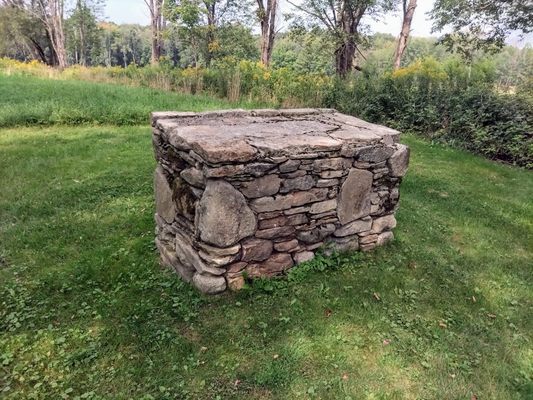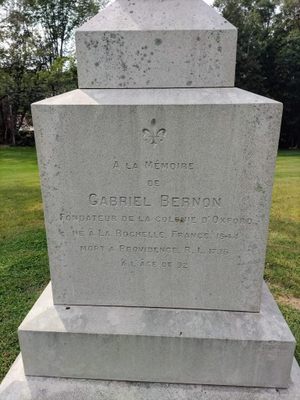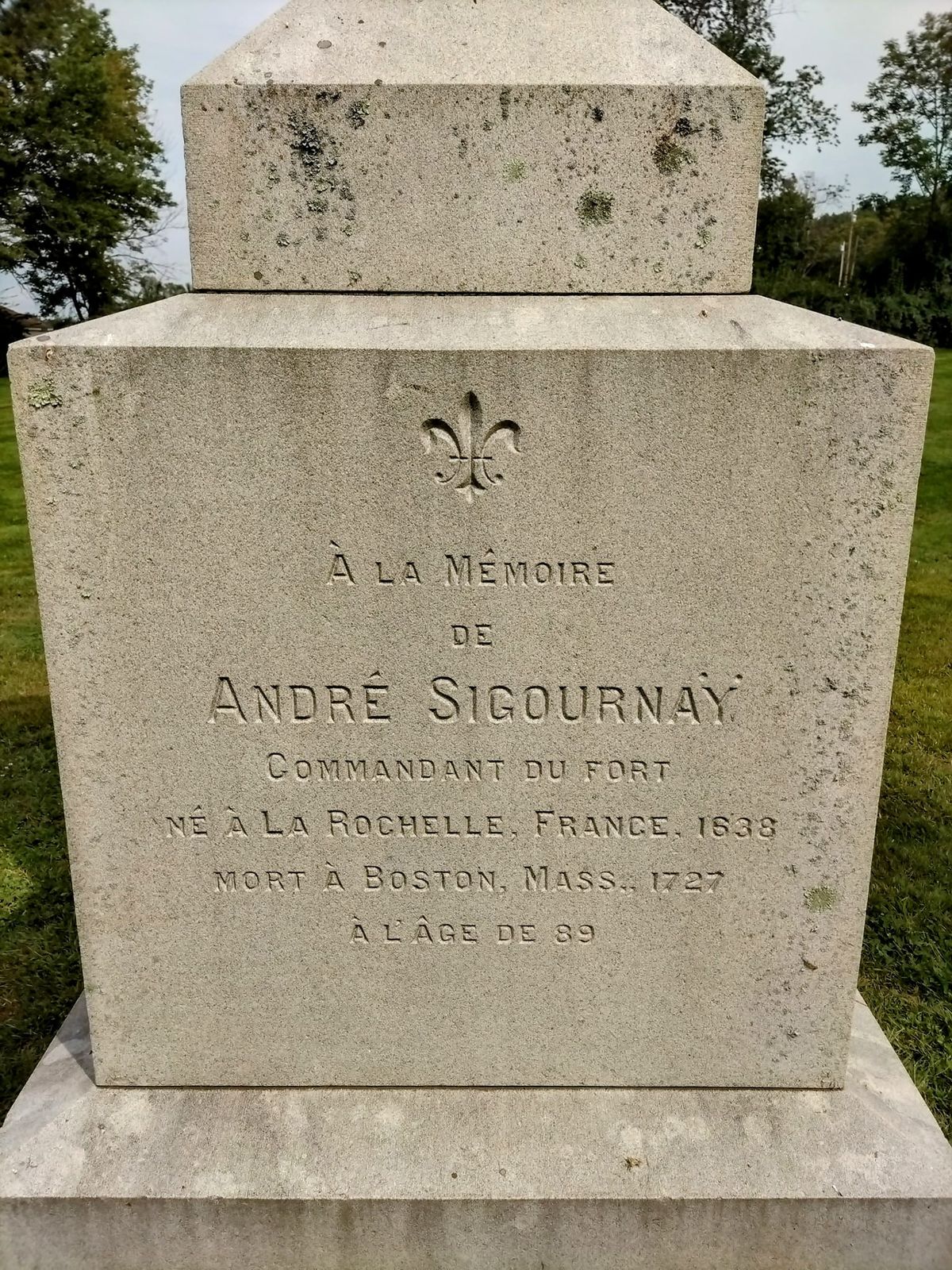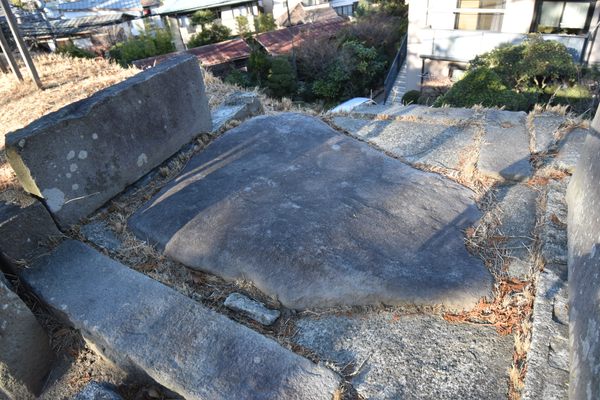About
Along Main Street in Oxford, Massachusetts, near the historic district is a small historical marker nestled among the bushes and leaves. It describes a Huguenot settlement on the top of Mayo’s Hill, which can be reached by the aptly named Huguenot Road directly next to it. The settlement in question can be found little over a mile up the road. Unlike many other historic New England settlements and villages, no buildings or homes from the period remain. Instead, a small field, a few stone structures, some information, and a lone monument are all that remains of a fort built by French Protestant refugees whose story would later end in tragedy.
When King Henry IV of France signed the Edict of Nantes in April 1598, the Protestant Huguenots were finally given the right to worship freely in the predominantly Catholic country after much discrimination and chaos of the 16th century. However, in October 1685, King Louis XIV issued the Edict of Fontainebleau, which revoked the previous edict and made French Protestants vulnerable to persecution and violence. Gabriel Bernon was a prominent Huguenot merchant who fled the country in 1686 and purchased some land in Massachusetts from investor Robert Thompson in London, who in turn previously purchased the land from Nipmuc spiritual leader Wullumahchein also known as Black James.
Bernon and roughly 40 other refugees he met in London arrived in Boston in 1688. While Bernon lived in the city with his family, the other settlers walked to the Oxford area on foot to establish their new home. Shortly after arriving, King William’s War broke out between England and France the same year which was the North American theater of the Nine Year’s War in Europe. The settlers built a fort with construction finished in the early 1690s. The settlers managed to live in relative peace with other colonists and their Native American neighbors, but tragedy struck on August 25, 1696, when a small Nipmuc war party attacked the homestead of an English family not far from the French settlement. John Johnson alongside his three children were killed with only his wife and brother surviving in an event now-called the Johnson Massacre. As the Nipmuc were allied with the French, tensions arose and fearing an attack from both the English and their respective Native American allies, the Huguenots abandoned the fort not long after the massacre. Bernon himself also left Boston after the settlement was abandoned going to Rhode Island. Several years later the original settlers attempted to return to Oxford and rebuilt the settlement but with the outbreak of Queen Anne’s War in 1702, hostilities resumed and the fort was abandoned yet again, this time permanently.
As the years went by, the Huguenot fort fell into decay being reclaimed by the wilderness and its building materials most likely being repurposed by the English settlers until only a few stone structures remained. In 1881, a group of women living in Oxford formed the Huguenot Memorial Society and in 1884, the descendants of Bernon and the commander of the fort Andre Sigournay dedicated a granite monument which stands to this day inside a small park. The story of the Huguenot settlement is an interesting albeit tragic one of refugees who escaped persecution and violence in their homeland only to find warfare and tragedy in their new home. As Massachusetts was predominantly colonized by the English, French settlements are a rarity with most French history in New England being found north around Vermont, New Hampshire, and Maine. If you have an interest a relatively forgotten aspect of Massachusetts history regarding French settlements, the Huguenot Fort is with worth a visit.
Related Tags
Know Before You Go
The fort is directly across a residential neighborhood and there is a small space to park near the entrance. A marker and plaque remembering the Johnson Massacre can be found at 147 Main Street in Oxford and you can pull over for a few minutes to check it out.
Community Contributors
Added By
Published
October 17, 2024
Sources
- https://www.telegram.com/story/news/local/north/2006/02/12/oxford-boasts-historic-huguenot-fort/53130795007/
- http://www.thehuguenotmemorialsocietyofoxford.org/history.html
- https://nativenortheastportal.com/bio/bibliography/wullumahchein
- https://catalog.archives.gov/id/63797200
- https://www.sec.state.ma.us/divisions/mhc/preservation/survey/town-reports/oxf.pdf
- https://www.town.oxford.ma.us/sites/g/files/vyhlif4836/f/uploads/fort_information.pdf












































































